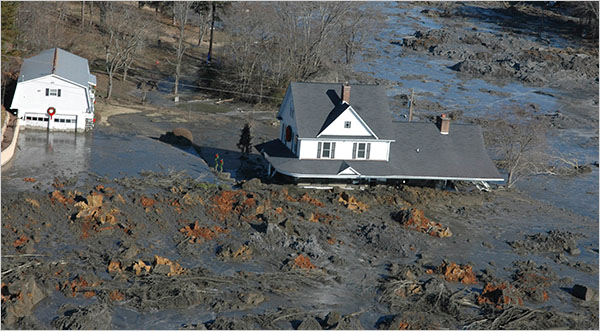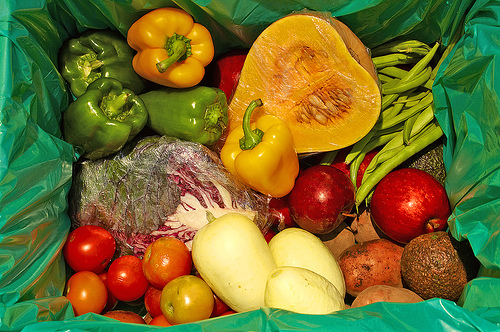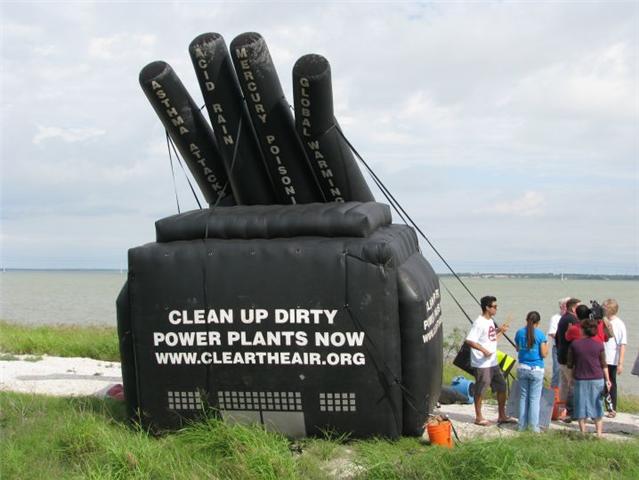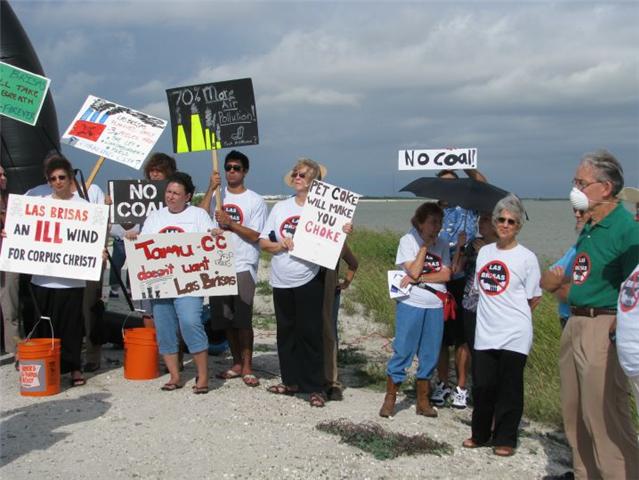AUSTIN – Saying that climate change must be considered when new coal plants and other facilities are approved, Public Citizen today sued the Texas Commission on Environmental Quality (TCEQ) in the Travis County District Court to require the commission to regulate global warming gases. This case seeks to extend to Texas law the precedent set by the U.S. Supreme Court in Massachusetts v. EPA, which held that carbon dioxide is a pollutant under the federal Clean Air Act and that the U.S. Environmental Protection Agency (EPA) must regulate it.
“Texas leads the nation in the emissions of global warming gases. If we were a nation, we would rank seventh in emissions among the countries on earth,” said Tom “Smitty” Smith, director of Public Citizen’s Texas office. “The time has come for the TCEQ to take its head out of the sand and begin the process to regulate CO2 emissions from Texas sources. Because the agency will not do so on its own, we are seeking to have a Texas court order it to do so.”
In the past four years, 11 coal plants have applied for permits under the EPA’s New Source Review program, which requires companies to install modern pollution controls when building new plants or expanding existing facilities. If they were all to be built, they would add 77 million tons of CO2 to Texas’ already overheated air. Six permits already have been granted for plants that will produce CO2 emissions of 42 million tons per year. Another five are in the permitting stages, and they would add 35 million tons of CO2 per year.
The issue of global warming has been raised by opponents in permit hearings in all but one of the six power plant cases, but the TCEQ has said it would not consider global warming emissions in the permitting process. Beginning this month, hearings will begin on permits for the remaining five plants.
Texas law gave the TCEQ the authority to regulate climate change emissions in 1991. In May 2009, the Texas Legislature passed a series of laws that would give incentives for new power plants that capture carbon dioxide, allow the TCEQ to regulate the disposal of CO2 emissions, set up a voluntary emissions reduction registry and develop a “no-regrets” strategy for emissions reductions to recommend policies that will reduce global warming gases at no cost to the state and its industries.
Smith noted that the TCEQ is undermining even the inadequate mitigation strategies that several coal plant builders are proposing. The NU Coastal plant promised to offset 100 percent of its CO2 emissions, but the TCEQ refused to make that promise part of the permit. Tenaska is promising to separate 85 percent of the carbon it emits, but it is not in the draft permit from the TCEQ. The Hunton coal gasification plant will separate 90 percent of its CO2, but the TCEQ classified it as an “experimental technology” so it wouldn’t set a precedent for other coal plant applications. NRG is promising to offset 50 percent of its emissions.
“Without the TCEQ putting these limits in the permits, there will be no guarantee that the power plant builders will keep their promises,” Smith said.
“The TCEQ steadfastly refuses to allow any discussion or consideration of CO2 or climate change issues during permit proceedings,” said attorney Charles Irvine of Blackburn & Carter, who is representing Public Citizen in the case. “The State Office of Administrative Hearings administrative law judges have deferred to TCEQ’s position that CO2 is not a regulated pollutant and therefore not relevant during contested case hearings. As a result, all evidence and testimony submitted on these issues has been repeatedly stricken in multiple coal plant cases. We now ask the court for a declaratory judgment to force the agency to follow the broad mandates of the Texas Clean Air Act and recent Supreme Court decisions.”
In 2007, the U.S. Supreme Court in Massachusetts v. EPA recognized that CO2 is an air pollutant within the definition in the federal Clean Air Act. Public Citizen contends that the Texas Clean Air Act’s definition of “air contaminant” similarly must include CO2. Specifically, the state law says that:
“ ‘Air contaminant’ means particulate matter, radioactive material, dust, fumes, gas, mist, smoke, vapor, or odor, including any combination of those items, produced by processes other than natural.” [Texas Health and Safety Code § 382.003(2)]
“So any gas created by non-natural processes – including CO2 generated by a power plant – under the plain language of the definition is an air contaminant,” Irvine said.
The lawsuit is can be read in full here.
###
Public Citizen is a national, nonprofit consumer advocacy organization based in Washington, D.C., with an office in Austin, Texas. For more information, please visit .

 Do you ever find yourself in the grocery store stuck in a moment of indecision? Should you go with the $2 conventionally grown – flawless enough to win a beauty contest – cantaloupe, or the $4 smaller, uglier, but organic one; a regular tube of toothpaste for $3.50 or the organic brand that costs double the price for half the amount; Wolaver’s sustainably produced organic beer for $9, or good old Lone Star for half the price? The marketplace sure doesn’t make it easy on our wallets to do the earth-friendly thing – that’s for sure.
Do you ever find yourself in the grocery store stuck in a moment of indecision? Should you go with the $2 conventionally grown – flawless enough to win a beauty contest – cantaloupe, or the $4 smaller, uglier, but organic one; a regular tube of toothpaste for $3.50 or the organic brand that costs double the price for half the amount; Wolaver’s sustainably produced organic beer for $9, or good old Lone Star for half the price? The marketplace sure doesn’t make it easy on our wallets to do the earth-friendly thing – that’s for sure. Roger Duncan announced his retirement today. Although it is sad to see a dedicated public servant move on, Public Citizen congratulates him on a fine career as general manager of Austin Energy, a municipal power company.
Roger Duncan announced his retirement today. Although it is sad to see a dedicated public servant move on, Public Citizen congratulates him on a fine career as general manager of Austin Energy, a municipal power company.


 Texas is a sparkly mythical wonderland full of unicorns. And by unicorns, I mean green jobs. And by green jobs, I mean well-paying, long-term jobs ranging from maintenance to operations, project management, and high-tech engineering.
Texas is a sparkly mythical wonderland full of unicorns. And by unicorns, I mean green jobs. And by green jobs, I mean well-paying, long-term jobs ranging from maintenance to operations, project management, and high-tech engineering.
 The Texas Political Alliance hopes that everyone reading this today has ensured they are registered to vote in the November election, as the deadline for doing so is Monday, October 5.
The Texas Political Alliance hopes that everyone reading this today has ensured they are registered to vote in the November election, as the deadline for doing so is Monday, October 5.

